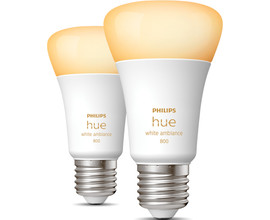
How do you save energy and costs with smart lights?
How much money do you save with a LED light?
For the most part, it's you who determines how much you save over the year. The cheapest solution is turning off the light. In this example, we compare a LED light of 7W with a traditional light bulb of 60W. These have about the same light output, which is 806 lumens. A traditional light bulb costs about € 35 annually with 2.5 burning hours per day. A LED light only costs € 4. This means you can save about € 30 annually per light. This example was based on a flow rate of € 0.625/kWh.
Replace your energy-saving lamp with a smart LED light
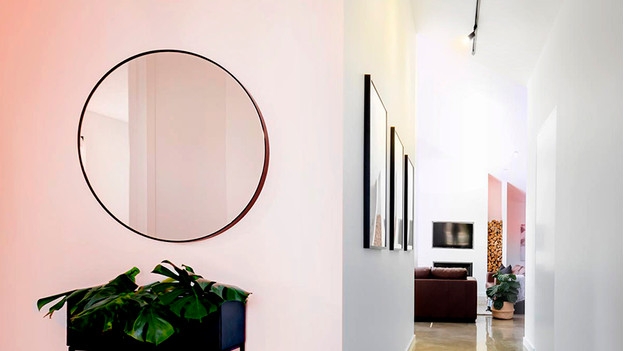
Smart lights always work with LED lighting. This is a lot more energy-efficient than a classic energy-saving light or halogen lighting. Imagine you have 10 halogen spot lights in your house You can save € 50 annually on average by replacing them with LED smart lights.
Automatically switch off lighting in every room
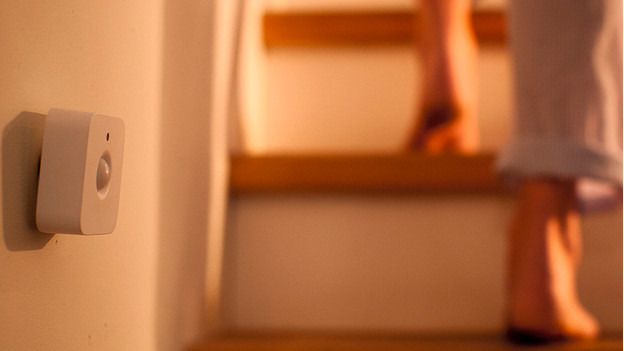
When you're home, there may be lights on that don't need to be on. For example, if you forgot to turn off the light in your study. With a sensor, you can prevent light from being on while it's not necessary. You can place such a sensor above the door and connect it to your smart lights. Are you leaving the room? The lights will automatically turn off. Are you walking into the room again? Of course, the lights will turn on automatically again too. As a result, your energy bill will be even lower.
Dim the light when needed
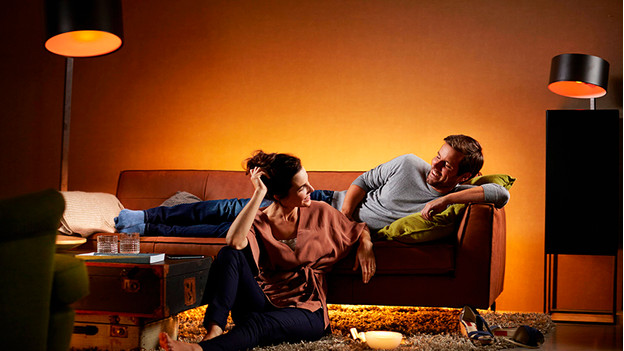
Smart lights are always dimmable. This allows you to create the right atmosphere, and you can save energy costs with it. Dim your smart lighting the hour before you'll go to bed. This allows you to save another € 8 euros of energy costs per year.
Have the lights turn off when you leave the house
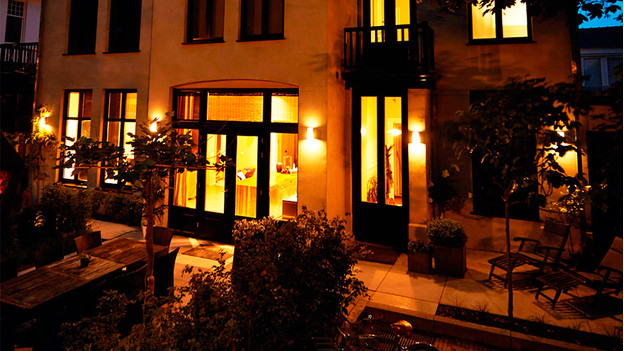
Smart lights are connected to the internet and your smartphone. That's how they know if you're home or not. When the smart lighting notices you're away from home, the lights will turn off automatically. This is called geofencing. Thanks to this, you'll never accidentally forget to turn off a light. The savings on your energy bill can go up to a couple of euros.
Set a timer
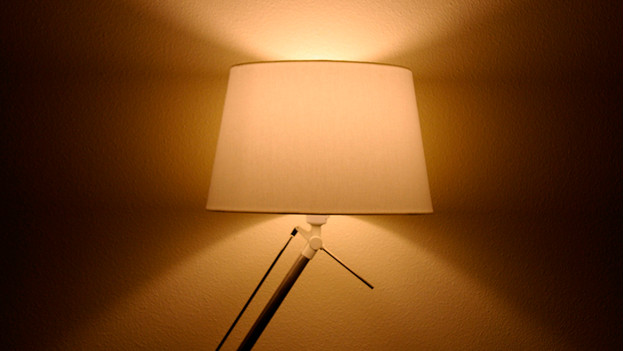
With the timer of your smart lighting, you're sure all lights will turn off at a certain time. You can also easily set how many lights you want to go on and at what light intensity. When you come home at night, you won't walk into a brightly lit room thanks to the timer. For example, choose to just turn on 2 lights at half power. That's another way to save money with smart products.
What does the energy label mean for smart lights?
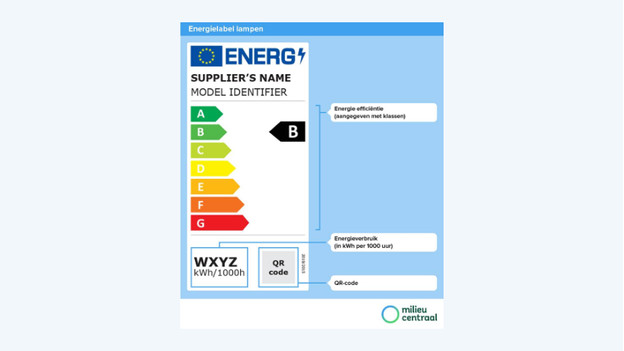
The energy label changed on 1 September 2021. First, it went from A++ to E, now it goes from A to F. The pluses are gone. Lights also shifted from the A energy label to an E energy label, for example. As a result, there's room for growth again. Smart lights didn't become less energy-efficient, but the energy label was shifted. In addition, you'll hardly ever use the smart light at it's peak power, which is measured in the label.



